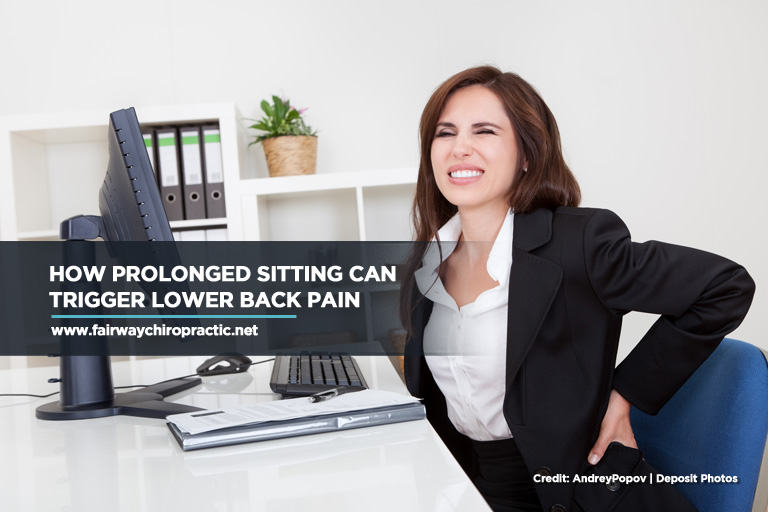Do you experience involuntary spasm or stiffness in the lower back, pelvis, and hips? A dull, throbbing ache? Or a shooting pain that runs down the leg? You are most likely dealing with lower back pain.
Lower back pain is a common musculoskeletal condition that affects five out of ten Canadians in every 6-month period. Many people who experience lower back pain often struggle with what is causing the condition and not realizing that prolonged sitting causes lower back pain that lasts for days.
What Prolonged Sitting Does to Your Body

Considered as the most common cause of lower back pain, postural stress can be a result of sleeping in the wrong position, repetitive bending, heavy lifting, standing, and prolonged sitting. Health experts explained that sitting for a long time can put up to 90% pressure on the back versus standing for hours. Common prolonged sitting effects include imbalance and tension in your neck and back.
Sitting for hours can start a cascade of problems in the core and legs. Prolonged sitting puts the hip flexors in their shortened position, which weakens the glutes and overworks the hamstrings. Over time, this leads to anterior pelvic tilt (APT), causing the underused and weak abdominal muscles. People with APT can look like they have a bigger stomach than they actually do when sitting. Also, low back pain, poor movement mechanicals, reciprocal inhibition can result from APT.
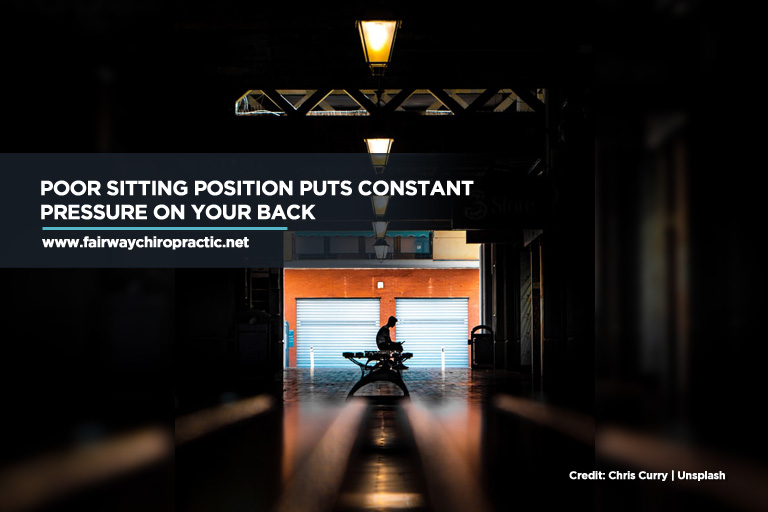
Here is a more detailed explanation of how prolonged sitting affects your body:
- Muscles Wasting Away – Sitting away can make your glutes and calves slowly waste away, causing soreness when you stand up. Health experts explain that the number of hours sitting does not matter — what matters is the hours of interrupted sitting. A study showed that the harmful effects of lying in bed for 24 hours can be prevented by standing up every 30 minutes. A sedentary lifestyle causes the blood to build up in your veins, which results in unpleasant sensations, such as cramping in the calves.
- Nerves Spazzing Out – Although sitting helps relax your body, it can be agonizing to the nerves. The nerves can become strained or pinched from the unnatural position, resulting in pain. Sitting in one position without moving can make your muscles contract. Muscle contraction causes spasm as it pulls the nerves, resulting in lower back and shoulder pain.
- Slouches the Body Forward – Although you are familiar with the proper sitting posture, your busy office routine and demands can cause a breakdown in your posture. Most times, you may not be aware that you are slouching in your chair with your head pulled downward and forward and your spine curved.
- Crunches Your Lumbar Discs – When you sit for an extended period without taking breaks, this causes your spinal vertebrae to crunch down on each other and put up with more force, increasing your risk of chronic pain in the lower back. When the spine compresses, it causes damage to the lumbar discs, weakens the muscle and collapses or squeezes the padding and nerves between the discs, which results in debilitating pain.
Pain from prolonged sitting is your body’s way of telling you to move. Standing up or taking a quick walk can save you from the harmful effects of prolonged sitting on your health.
Quick and Simple Lower Back Pain Treatment You Should Try
Persistent lower back pain can be debilitating and interfere with your quality of life.
Try these common home remedies to manage the pain:
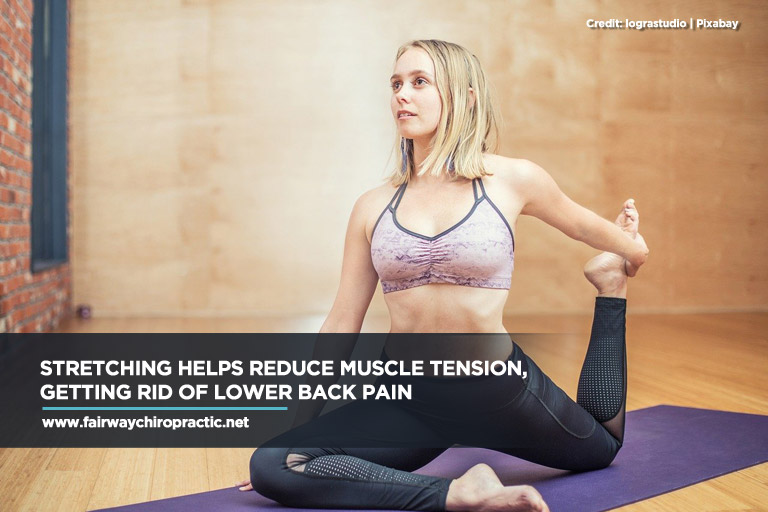
- Ice It – It is best to apply an ice pack on the pain area in the first 24 to 48 hours as it helps reduce inflammation. Although heat application relaxes the muscles and covers the pain, it can actually increase the inflammatory process which happens during the first and second days. Only switch to heat after 48 hours if you prefer it. Apply heat or ice on the skin for about 20 minutes and take it off to give your skin a rest.
- Exercise Your Core – Your abdominal and back muscles help support your lower spine and maintain proper posture and spine alignment. Wait until your lower back pain recedes and work out those muscles. There are simple exercises you can perform for 20 to 30 minutes, which target and engage your core muscles. Strengthening your hip, pelvic, and abdominal muscles are crucial for back support.
- Stretch Regularly – If you spend most of your time sitting on your office chair, make sure to get up every 20 to 30 minutes and stretch your body the other way. For instance, when you sit, you bend forward while doing office works; that is why you need to stand up and stretch backward for a couple of minutes. Make sure to also stretch your legs.
Activities that Helps Relieve Lower Back Pain
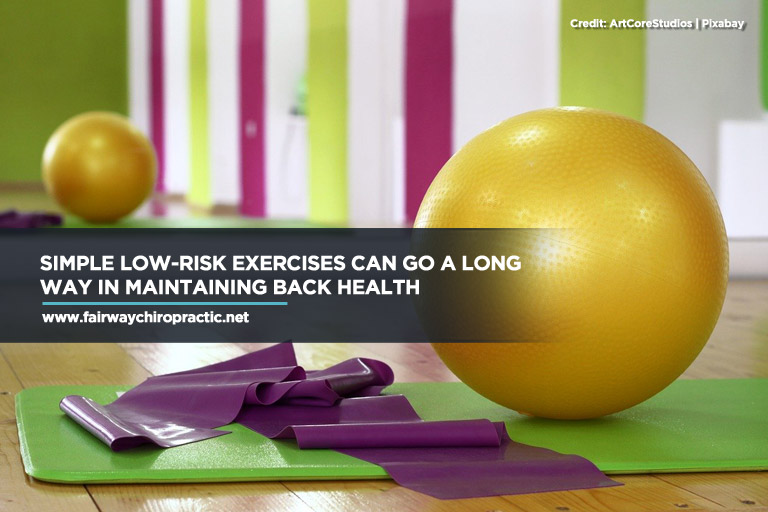
- Yoga – Yoga is a low-risk activity that helps effectively prevent and treat back pain caused by prolonged sitting. Certain yoga poses target painful areas, but make sure you have the flexibility to tolerate yoga positions. Carefully work up to new and more demanding poses. You can sign up for free first yoga classes or low promotional price to get started.
- Pilates – Certain types of pilates exercises can help relieve neck and back pain. While other forms of exercise help lose weight, pilates aids in burning calories and losing weight without the risk of pain throughout the process.
- Tai Chi – Tai Chi offers extensive health benefits, from mind to body, and helps boost your levels of energy. This form of martial arts does not only help reduce your risk of neck and back pain but also helps get you in shape.
Getting Chiropractic Treatment
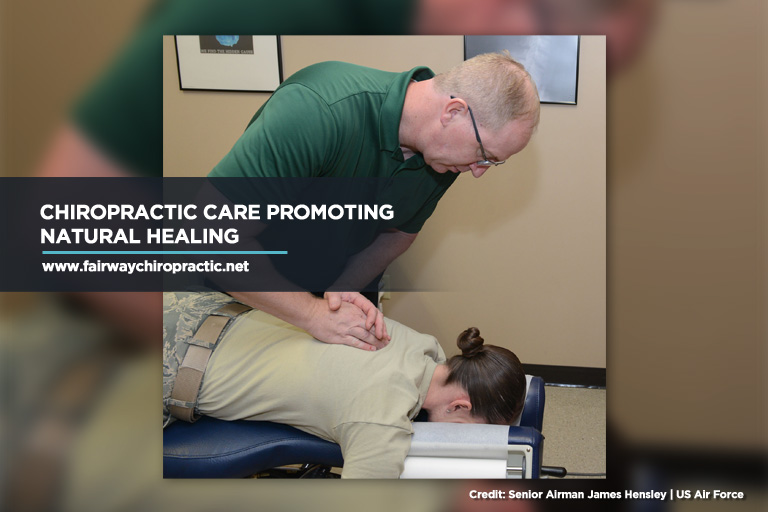
Visiting a licensed chiropractor can be a beneficial step when it comes to treating lower back pain effectively. Chiropractors use spinal manipulative therapy designed to manipulate the spine, joints, and body tissues to alleviate pain and improve functionality. Spinal manipulation helps restore joint mobility and flexibility restricted by tissue injury caused by a traumatic event or repetitive stress, such as prolonged sitting without back support. Ensuring the proper alignment of the musculoskeletal structure helps the body to naturally heal itself without the need for medication or surgery.
At Fairway Chiropractic Centre, we take pride in serving the Kitchener for more than 25 years, making us the trusted chiropractic care providers in the community. Give us a call at (519) 748-5535 to book an appointment.

